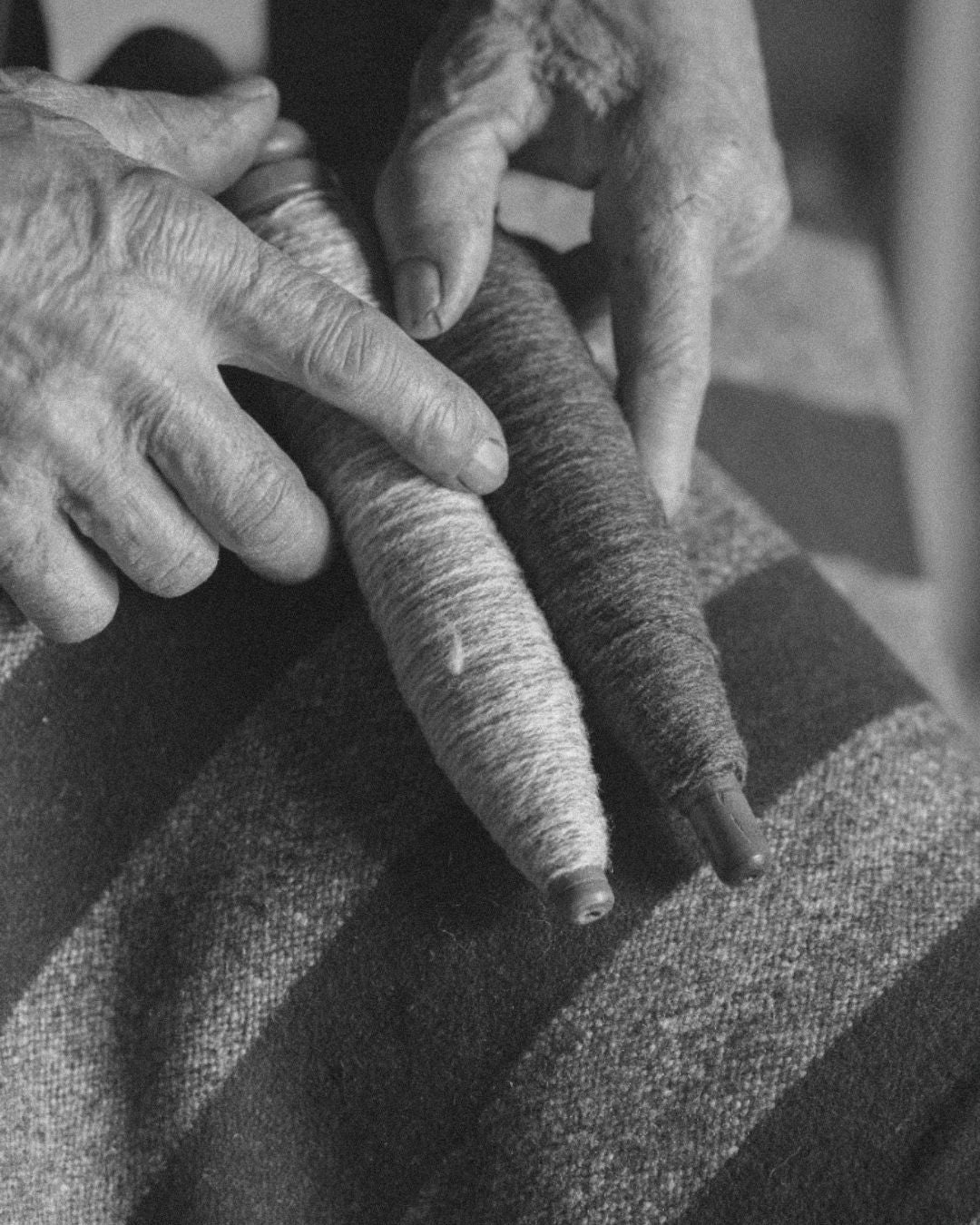Historical importance
In the Middle Ages, especially during the 12th and 13th centuries, the wool trade became an important source of wealth for Spain. Spanish wool, known for its high quality and variety of colors, was in demand throughout Europe and was exported in large quantities to countries such as Flanders and England. It was considered White Gold.
In the 16th century, Spain experienced great development in the textile industry, driven in part by wool as a raw material. Weaving factories and artisans' workshops were established, producing a wide variety of wool products, from blankets and tapestries to high-quality clothing.
WHITE GOLD BARELY REPRESENTS 1% OF THE FIBERS USED IN THE TEXTILE WORLD
Current Reality
Much has changed since then, despite being a fiber aligned with the fight to maintain the sustainability of our ecosystems, the settlement of the rural population and being 100% biodegradable and naturally renewable. Currently, wool barely represents 1% of the fibers used in the textile industry worldwide, with Spain occupying sixth place within this tiny percentage.
This has led this “WHITE GOLD” to be considered a by-product or waste that generates losses of purchasing power for producers and is managed in most cases as waste that is expensive to manage, ending up in landfills and wasting its incredible physical characteristics. and cultural.
The textile world has evolved over time, great technological advances have been made and a lot of time and money has been spent searching for fibers of fossil origin that would replace or improve the characteristics of wool, without realizing that these fibers worsened the health of our planet. by leaps and bounds.
Of the thousands of trades that revolved around this fiber, you can count on the fingers of our hands those of us who are still standing, guided more by a passion and love for the trade and this fiber than by economic returns.

There is still hope
In this current and accelerated world in which less and less attention is paid to our cultural roots and our ancestral legacy, WOOL4LIFE innovates by returning to the origin .
In Mota del Cuervo, it has the largest textile artisan workshop in Castilla La Mancha where they offer sustainable traceability to their products from the fleece to the final woven piece.
A unique milestone worldwide that allows our clients to give their pieces a story of incalculable value. A story that unites them from the sheep to their hands, creating an unprecedented bond and emotional experience and ensuring an improvement in the environmental, economic and social situations of the entire value chain.
These pieces will allow us to begin a new era in the history of our country and return to local wool the nickname that it should never have lost: WHITE GOLD.
